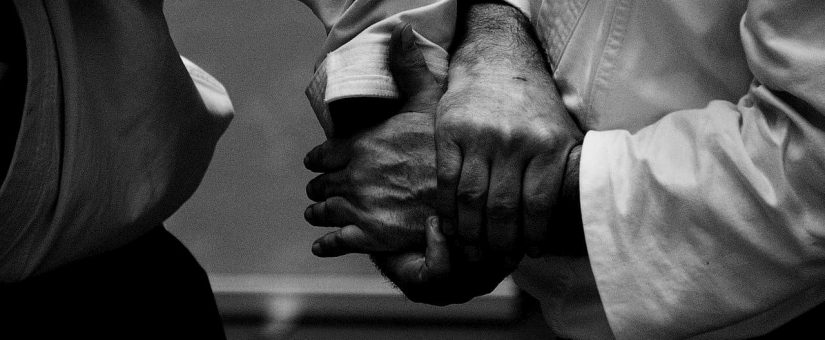
Confident Fighter
- On January 21, 2021
- 0 Comments
Course content
MODULE 1 – Introduction to the Basic section of the course
Description of general goals and objectives
Testing one’s preparedness for self-defense and personal safety
Testing one’s physical functional status
Testing one’s psychological readiness for self-defense
MODULE 2 – Basic theory and practice of modern self-defense
Basic terms, explanations, and concepts for learning and practicing actions and rational behavior in self-defense:
“infliction of harm.”
“limits of necessary defence”
“principle of proportionality”
“imaginary defence”
“levels of danger,” etc.
MODULE 3 – Safety Habits and Their Role in the Life of the Modern Man
The concept of Safety Habits as a modification of the typical behavior of the modern individual.
The rationality of thinking about personal safety, etc.
MODULE 4 – 1-2 Levels of Safety Habits in Self-Defense and their detailed descriptions
Psychology of behavior in extreme situations
Psychology of the Assailant and Defender
Typical mistakes in self-defense behavior at Levels 1 and 2 Danger, etc.
MODULE 5 – Practical Algorithms of Action for the Defender on Danger Levels 1 -2
Distance of Danger Potential
Distance of Potential Attack
Basic body positions for self-defense, etc.
MODULE 6 – typical self-defense situations at 1st-2nd Danger Levels
General Description and Characteristics
Aggressive behavior
Insult by word or action
Appropriate response in typical situations, etc.
MODULE 7 – Typical situations of threatening, aggressive behavior without physical attacking actions
Detailed study of characteristics
Options for situations and defensive actions
Prediction of aggressor behavior, etc.
MODULE 8 – Typical situations of grasping hands, shoulders, holding without aggressive physical actions
Variants of aggressive actions
Characteristics of defence and counteraction
Practical guidelines and examples of self-defense against grabs, etc.
MODULE 9 – Clothes Grabs and Hold-downs
Typical situations of grabbing and holding without aggressive physical actions that threaten injury
Types of grasping situations
Prospective dangers of these situations
Practical guidelines and examples of self-defense, etc.
MODULE 10 – Typical situations of rude, aggressive actions
Typical situations of rude, aggressive actions that threaten to lose balance and fall (pushing), humiliating “punches” (slapping)
Characteristics of defense and counteraction. Practical guidelines and examples of self-defense, etc.
MODULE 11 – Legal aspects of self-defense
Correspondence of practical physical defensive actions in typical situations at Levels 1-2 Danger to basic legal aspects in self-defense
Defending the legality of one’s actions before the law at the 1-2 Levels of Danger, etc.
MODULE 12 – Required minimum physical fitness for self-defense
The nature of movements in self-defense techniques and functional physical readiness skills
Qualities required in self-defense, etc.
MODULE 13 – Combinations of general physical exercises
General physical exercise routines for active function
Exercises for motor skills
Exercises for training muscle groups, etc.
MODULE 14 – Conclusion of the basic section of the course
Individual sets and repetition plans for the Basic Course unit to reinforce and consolidate the material.
Conditions for maintaining and maintaining the level of knowledge, skills and functional physical fitness achieved in the Basic section of the course for continued readiness for self-defense, etc.
Sign up for a course now


